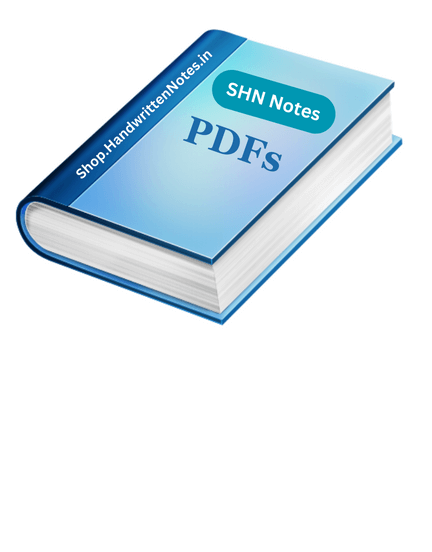Contents
Vibrational motion of a diatomic molecule, force constant and bond strengths, vibration-rotation
spectroscopy, characteristic features.
Infrared (IR) spectroscopy: Origin of IR spectrum, IR regions (finger print and group
frequency regions), normal modes of molecular vibrations, factors influencing vibrational
frequencies (physical states of the sample, vibrational coupling, electrical effect, inductive
effects, hydrogen bonding and ring structure), metal-ligand vibrations, instrumentation – FTIR,
sampling handling techniques, interpretation and examination of IR spectrum, group frequencies
of – alkanes, alkenes, alkynes, aromatic hydrocarbons, alcohols, phenols, aldehydes, ketones,
carboxylic acids, acid halides, acid anhydrides, acid amides, amino acids, amines, isocyanates,
thiocyanites, esters, lactones, ethers, epoxides, peroxides, nitro and nitroso groups,
heteroarmatic compounds, sulphur and silicone compounds, applications of IR spectroscopy.
Applications of IR to inorganic complexes – amino, sulphato, thiocyanato and thiourea
complexes.
Raman spectroscopy: Introduction, quantum mechanical theory of Raman effect (Rayleigh
scattering, Raman scattering – Stokes and Anti-Stokes lines), classical theory of Raman effect,
INFRARED SPECTROSCOPY AND RAMAN SPECTROSCOPY FOR CLASS11/12 AND MSc/MSc




Reviews
There are no reviews yet.